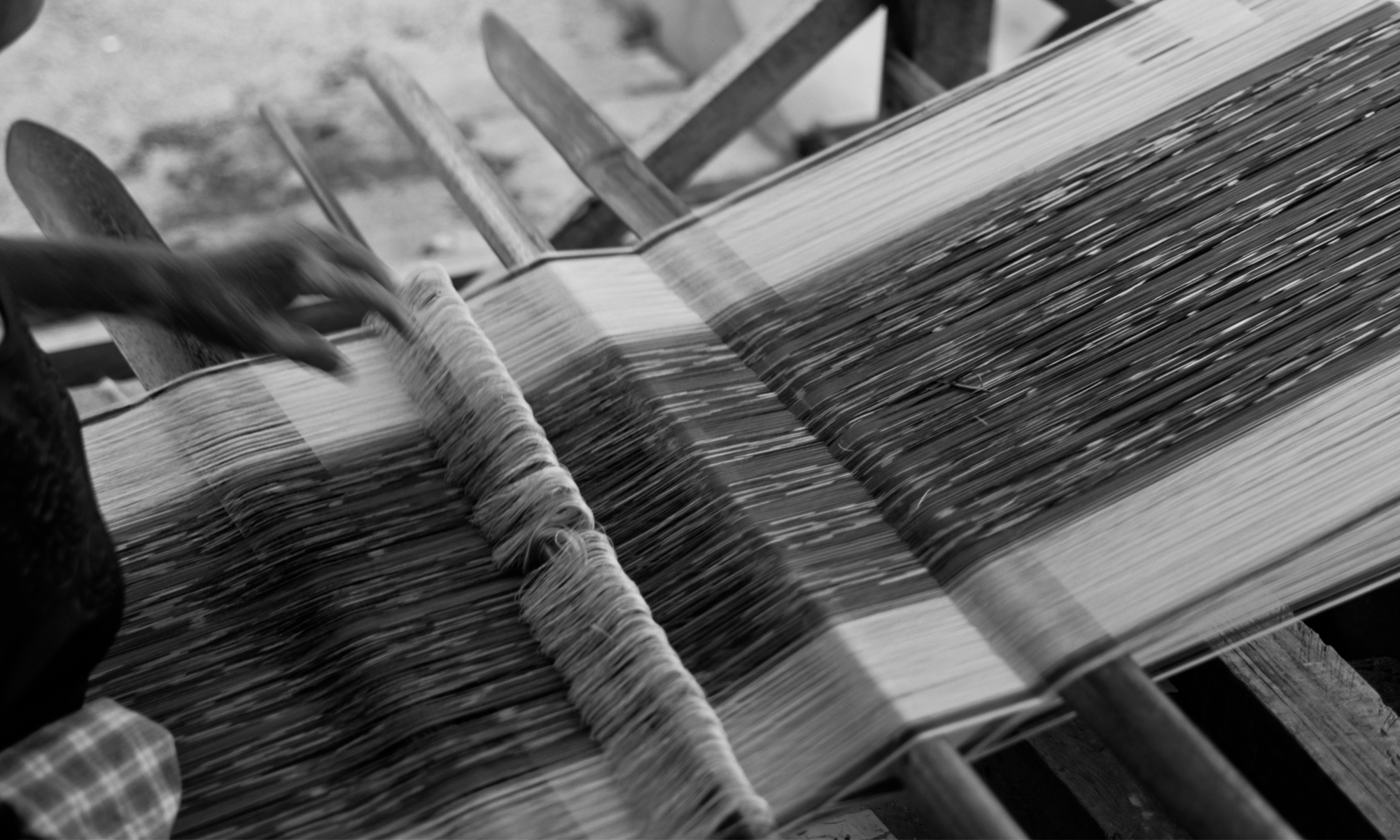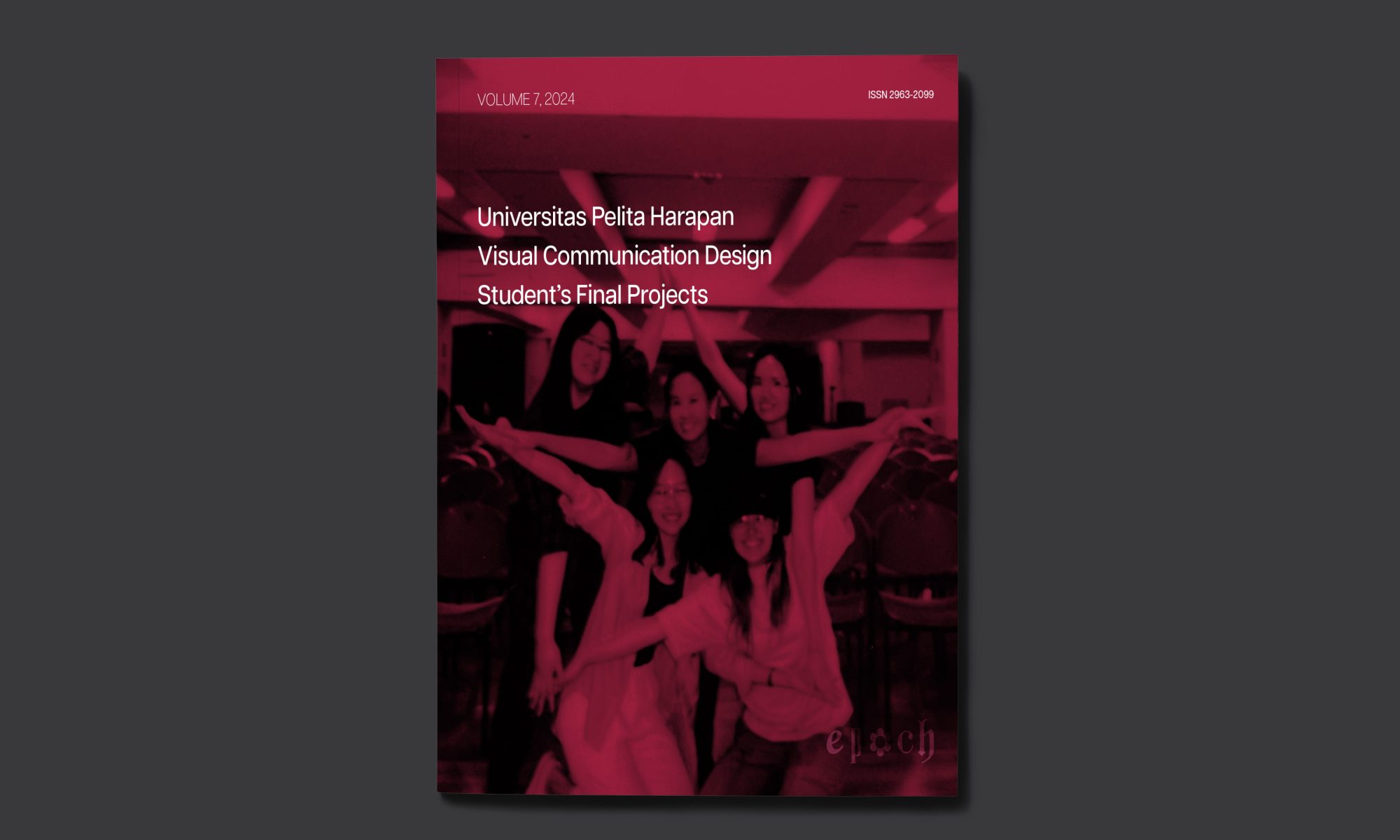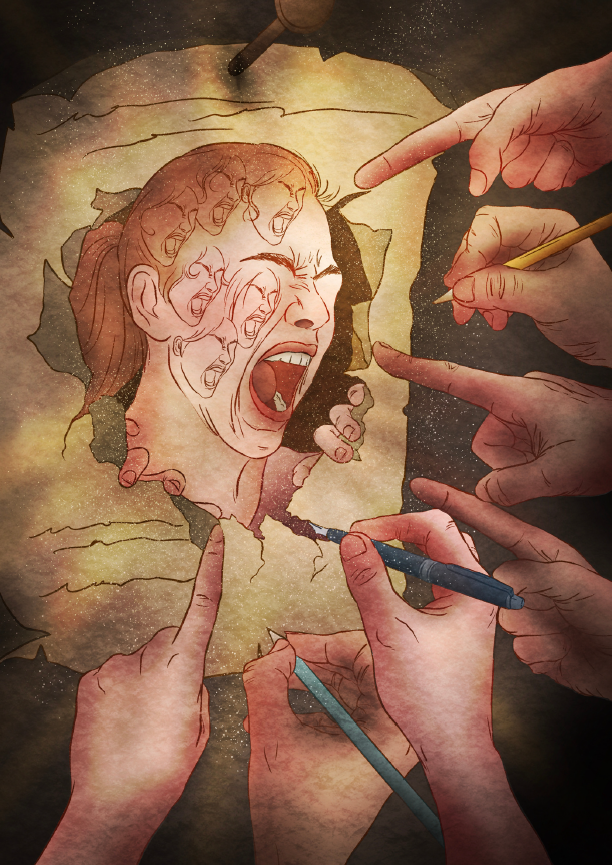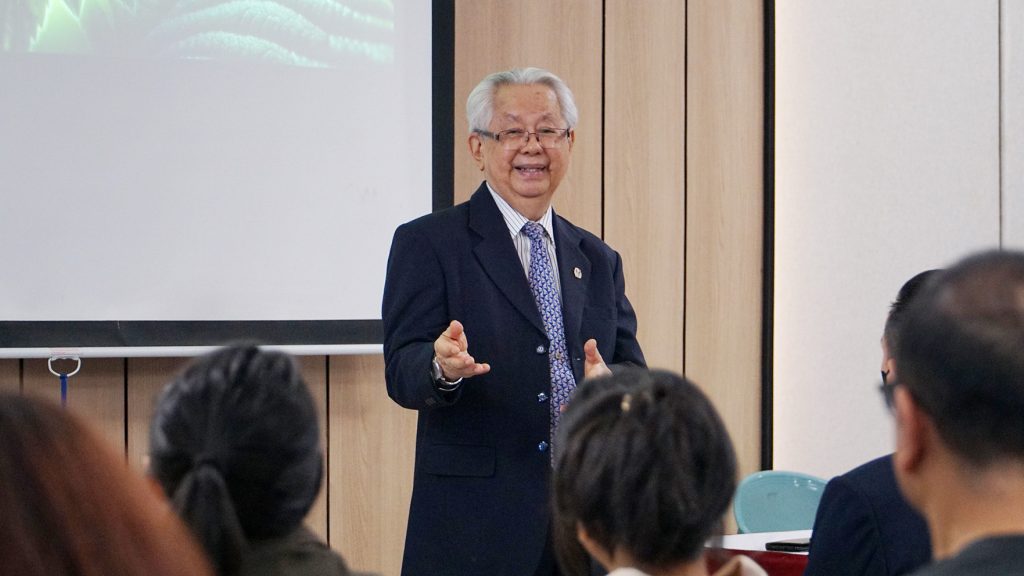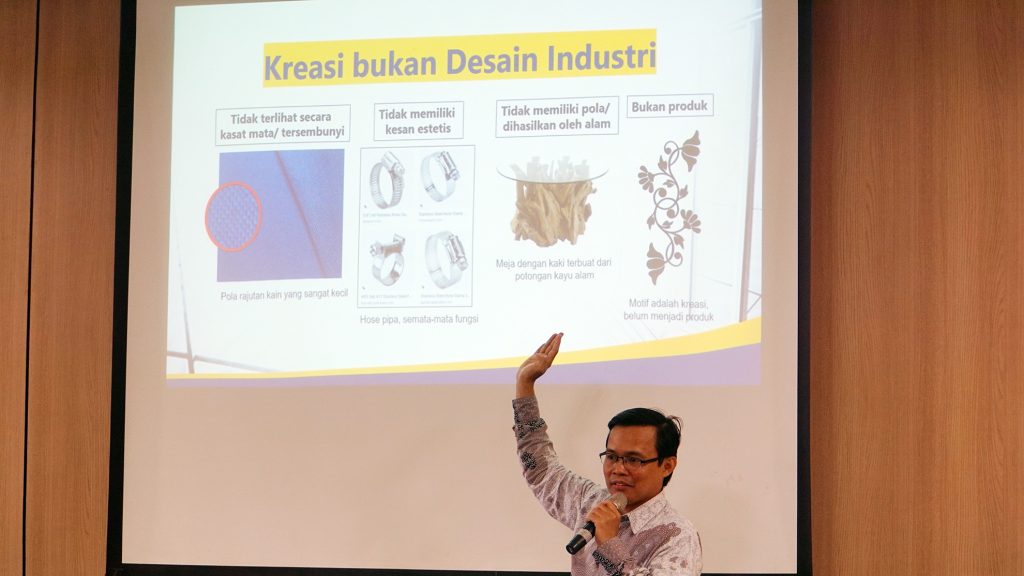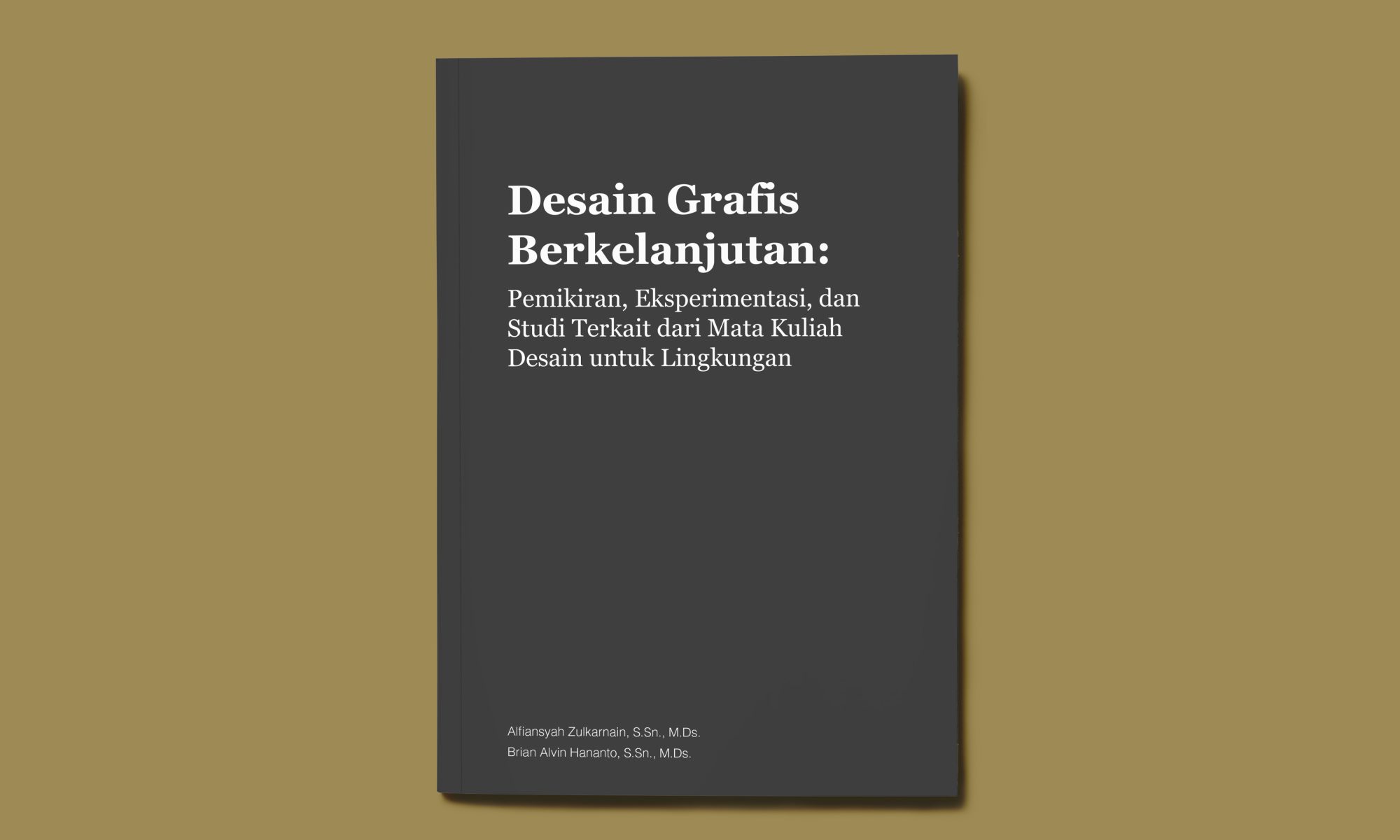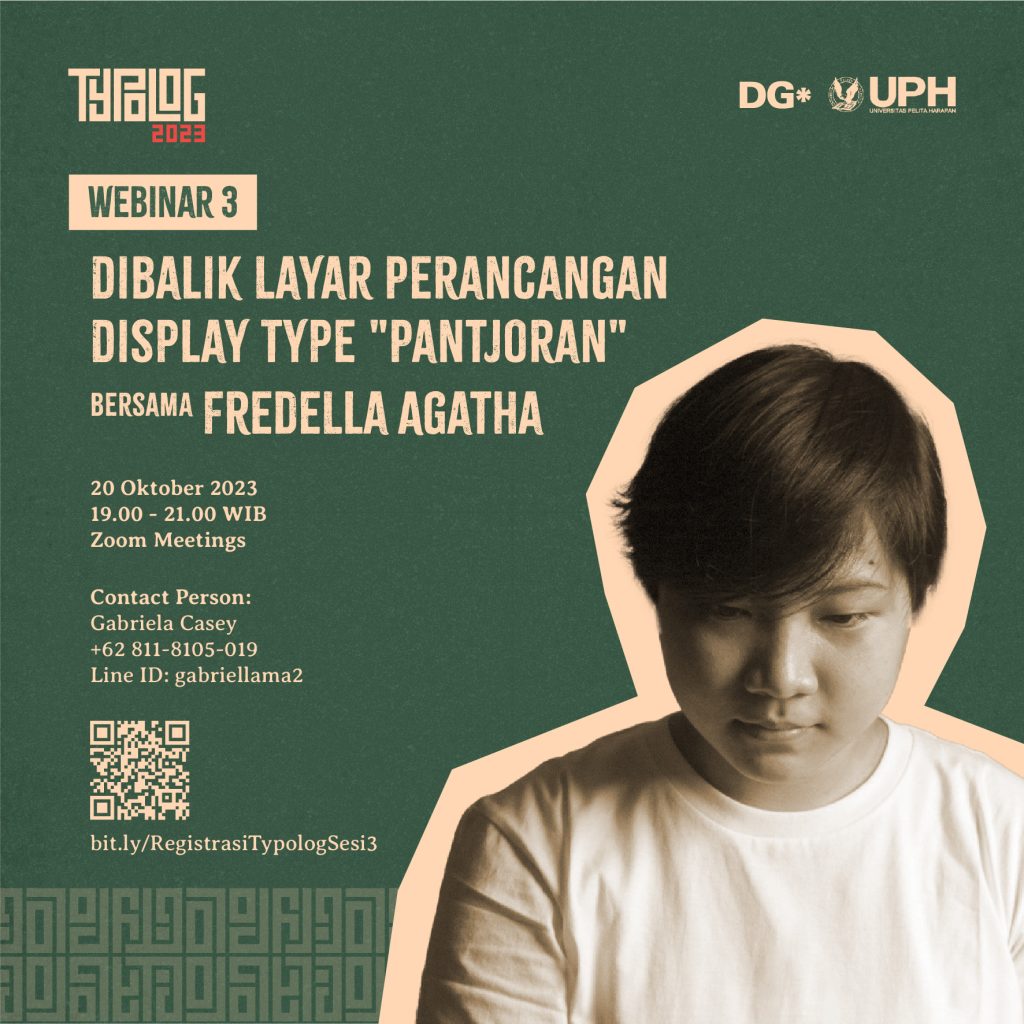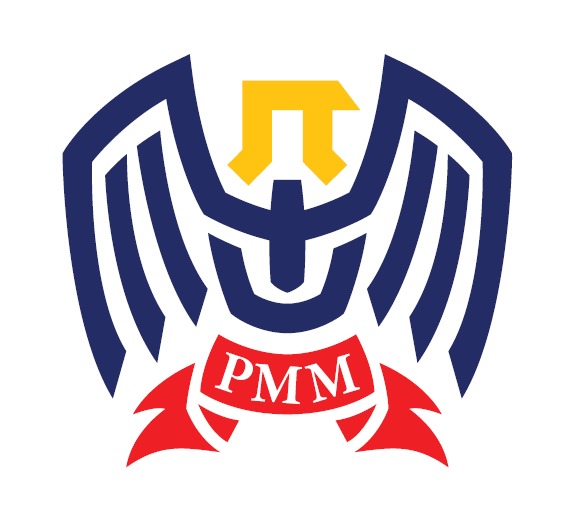Foreword
A study conducted in Canada found that classrooms can serve as open deliberative spaces, where students are trained to engage in ethical and reflective dialogue (Martineau & Cyr, 2025). By positioning the classroom as a space for discussion, it fosters a sense of safety that allows students to express their authentic thoughts more freely. This atmosphere of learning closely reflects the environment cultivated within the Visual Communication Design program at UPH. By building a safe space for students, DKV UPH has laid a foundation and provided a platform for them to grow and thrive.
The term “haven” was originally used by sailors to describe a place of refuge—a shelter from storms. A haven does not merely offer protection; it also provides a starting point, a moment of rest before setting sail once more into the noise, darkness, and chaos of the open sea. The title “Haven” in this book represents such a safe space for students: a pause before embarking on the next phase of their lives. A classroom is not merely a place to acquire technical skills; it is also a transitional refuge before students take on their responsibilities as emerging agents within society.
This notion resonates with the passage in Mark 4:35–41, where Jesus rises and calms the storm. His presence becomes the source of peace, enabling His disciples to journey forward with greater clarity and calm, eventually reaching their intended destination. In the same way, a safe and nurturing learning ecosystem provides a vital foundation for creative individuals to hone themselves, to grow, and to pursue their aspirations.
The title “Haven” does not only represent the role of the institution as a harbor for its students; it also serves as a projection, an expectation, and a hope that these very students may become havens in society. Education is not solely about skill acquisition; it is also a process of maturity. We hope that the graduates of the Visual Communication Design program will grow into individuals who are capable of offering calm, clarity, and orientation amid the many storms present in the world around us.
For nine years, the Visual Communication Design Program at Universitas Pelita Harapan (DKV UPH) has been archiving the final projects of its students. What began nine years ago marked a new beginning, an attempt to understand students not merely as learners, but as individuals who enrich the very existence of the program itself (Hananto & Kartaatmadja, 2018). This reflective practice has since developed into a tradition (Hananto, 2018, 2019), one that affirms the uniqueness and excellence of DKV UPH students (Hananto, 2020). Even in the face of challenging circumstances such as the COVID-19 pandemic, the quality and spirit of DKV UPH students remained undiminished. They persevered and successfully completed their studies, an achievement that deserves recognition (Hananto, 2021). Obstacles did not deter these students from looking forward and demonstrating their capabilities (“See – Saw: Universitas Pelita Harapan Visual Communication Design Student’s Final Projects,” 2022). The actions taken by DKV UPH students—both inside and outside the classroom—are a manifestation of their purpose and existence (Hananto, 2023), forming what can be described as a distinct epoch in their academic and creative journey (Hananto, 2024).
After nine years and nine publications, the Visual Communication Design Program at Universitas Pelita Harapan has shifted its focus not only to be a center for learning and growth, but also to become a center of service, by cultivating new havens in the form of its alumni.
We pray that our graduates, as they begin a new journey through the world, will continue to be a light, bringing positive impact through both their actions and their creative works. Our prayer is simple: that what they have experienced and learned may not only equip them for their own path, but also become something they can share with others—especially with those who may not yet have had the same opportunities.
Lastly, we hope that this book will serve as a map for its readers: a guide through which they may see and discover new havens in the shape of the students of DKV UPH, who are ready to step forward and become a haven for others in society.
Brian Alvin Hananto, S.Sn., M.Ds.
Department Chair of Visual Communication Design
Universitas Pelita Harapan
Other Readings
Hananto, B. A. (2018). Telah & Telaah: Kumpulan Karya Tugas Akhir DKV UPH 2017/2018. Penerbit Fakultas Desain Universitas Pelita Harapan.
Hananto, B. A. (Ed.). (2019). Look: Final Assignments of Universitas Pelita Harapan’s Visual Communication Design Students 2018/2019 Academic Year. Penerbit Fakultas Desain Universitas Pelita Harapan.
Hananto, B. A. (Ed.). (2020). Salience: Final Assignments of Universitas Pelita Harapan’s Visual Communicatin Design Students 2019/2020 Academic Year. Penerbit Fakultas Desain Universitas Pelita Harapan.
Hananto, B. A. (Ed.). (2021). Salute: Final Assignments of Universitas Pelita Harapan’s Visual Communication Design Students 2020/2021 Academic Year. Penerbit Fakultas Desain Universitas Pelita Harapan.
Hananto, B. A. (2023). “Foreword.” In B. A. Hananto, E. Melini, & K. M. Suwanto (Eds.), Universitas Pelita Harapan Visual Communication Design Student’s Final Projects (Vol. 6, pp. 8–9). Penerbit Fakultas Desain Universitas Pelita Harapan.
Hananto, B. A. (2024). “Foreword.” In B. A. Hananto & J. Laurencia (Eds.), Universitas Pelita Harapan Visual Communication Design Student’s Final Projects (Vol. 7, p. 7). Penerbit Fakultas Desain Universitas Pelita Harapan.
Hananto, B. A., & Kartaatmadja, M. (Eds.). (2018). Rangkaian Fajar. Penerbit Fakultas Desain Universitas Pelita Harapan.
Martineau, J. T., & Cyr, A.-A. (2025). Redefining Academic Safe Space for Responsible Management Education. Journal of Business Ethics, 196(3), 581–601. https://doi.org/10.1007/s10551-024-05690-3
see – saw : Universitas Pelita Harapan Visual Communication Design Student’s Final Projects. (2022). In B. A. Hananto, E. Melini, & K. M. Suwanto (Eds.), Universitas Pelita Harapan Visual Communication Design Student’s Final Projects (Vol. 5). Penerbit Fakultas Desain Universitas Pelita Harapan.
Credits
Students
Andrea Gabriella
Azariel Isaiah Layantara
Carla Christina
Cecilia Novin Shellycia
Charissa Myandra Amirah
Dorothy Tanaka
Elbert Nathanael Jaya
Eloysius Sahat Martua Sinaga
Faye Alicia
Felicia Krieski
Filbert Oscar Setiawan
Filbert Timothy Hartawidjaja
Fiony Alveria Tantri
Grace Swarnapati
Heidy Widodo
Jaselyn Harianto
Jeniffer Angelica Podung
Joy Celine Santoso
Juan Paskalis
Kalista Nathania Lee Dotulong
Kezia Glenaldo
Laetizia Ananya Abbygale Siregar
Manaka Yoshida
Mikhaella Destany Aurelia
Mihammad Hasan Mujtaba Nasution
Nadya Aisha Zahra Zaurantie hermiandy
Natashia Lim
Patricia Thelysandrina
Sabilah Amalia Omar Fadli
Tata Talia
Valen
Vania Sagita Lie
Lecturers
Ade Maradhona Shantio Wijaya, S.Sn.
Alfiansyah Zulkarnain, S.Sn., M.Ds.
Chandra Djoko Zuki, S.Sn., M.Ds.
Donny Ibrahim, S.Sn., M.Ikom.
Ellis Melini, S.Sn., M.T.
Eston Kamelang Mauleti, S.Sn., M.Ds.
Hady Soenarjo, S.Sn., M.Ds.
J. Baptista Anton, S.Sn., M.Ikom.
Jeffrey Rachmad Gunadi, S.Sn., M.Ds.
Juliana Suhindro Putra, S.Sn., M.Ed.
Kartika Magdalena Suwanto, S.Ds., M.Ds.
Naldo Yanuar Heryanto, S.Sn., M.T.
Noor Wirama, S.Sn., M.Ds.
Dra. Rerry Isfandriani
Shannon Glenda Tenardi, S.Ds., M.Ds.
Silvi Lim, DcM
Siswanto Sidharta, B.Sc., MBA.
Drs. Winoto Usman
Zulvan Zein Zulkarnain, S.Sn.
